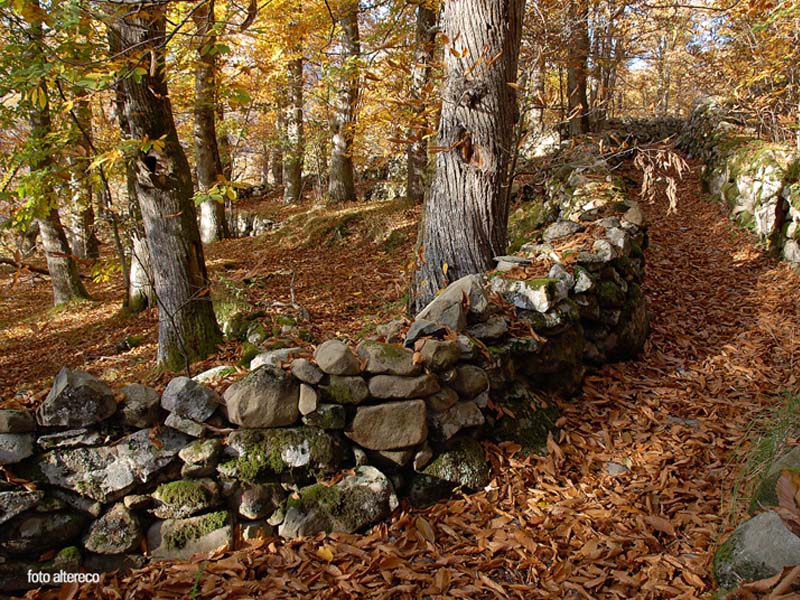The Park is home to two historic routes for religious pilgrimages across Europe
The TEA Park has always been a passageway crossed by religious travelers near and far. Some of the historic roads in the Park can only be found in ancient documents or archeological finds, while others can still be hiked from start to finish. Two of the most important ancient roads in the Park and across Europe are Via Francigena and Via del Volto Santo.
Via Francigena
Created as a religious route in the Middle Ages, Via Francigena is an ancient pilgrimage that connects Canterbury, England to Rome, Italy. This passageway covers 1,056 miles starting in England and then passing through France and Switzerland before entering Italy. The first documented pilgrimage on this route was by Archbishop of Canterbury (Sigeric the Serious) in 990 A.D, after being ordained by Pope John XV. During his travels, Archbishop Sigeric wrote a travel diary and detailed his experiences noting the route he took, and the eighty unique stopping places where he slept.
Religious pilgrimages like this became highly regarded during Medieval Europe and the Middle Ages as people searched for a new life through their faith. The Via Francigena began to catch on amongst the religious community since it ended in one of the major holy places, Rome. People from all around the world, of different origins, came and travelled down this road and over time a unique cultural unity was created. Eventually, alternate paths were established and settlements formed along the route. Castles, towers and ramparts were built in order to control the influx of traffic. Cathedrals, churches, monasteries and shrines decorated the town and allowed visitors to practice their faith during their travels. Over the ages, the road deteriorated and was used less as more developed and quicker routes were established. Since many of the travel diaries from this road were preserved, the ancient route of Via Francigena was able to be reconstructed.
In 1994, Via Francigena was announced as a European Cultural Route by the Council of Europe. Today, the road is visited by thousands of people each year to explore family roots and see its historic remains. In the Tuscan-Emilian Apennine National Park, a popular destination situated on the route is the fortified village of Filattiera.
Via del Volto Santo
Established as an alternative route to Via Francigena, Via del Volto Santo used to lead pilgrims from Pontremoli to Lucca to worship the Volto Santo, a statue of Jesus Christ who was said to have been carved by the hand of god. Volvo Santo was one of the most famous pilgrimage destinations in Europe for the duration of the Middle Ages. Via del Volto Santo extends through Lunigiana and Garfagnana, and runs within the park in many traits and Via Matildica del Volto Santo goes from Mantua to Lucca crossing the north side of TEA Park.









